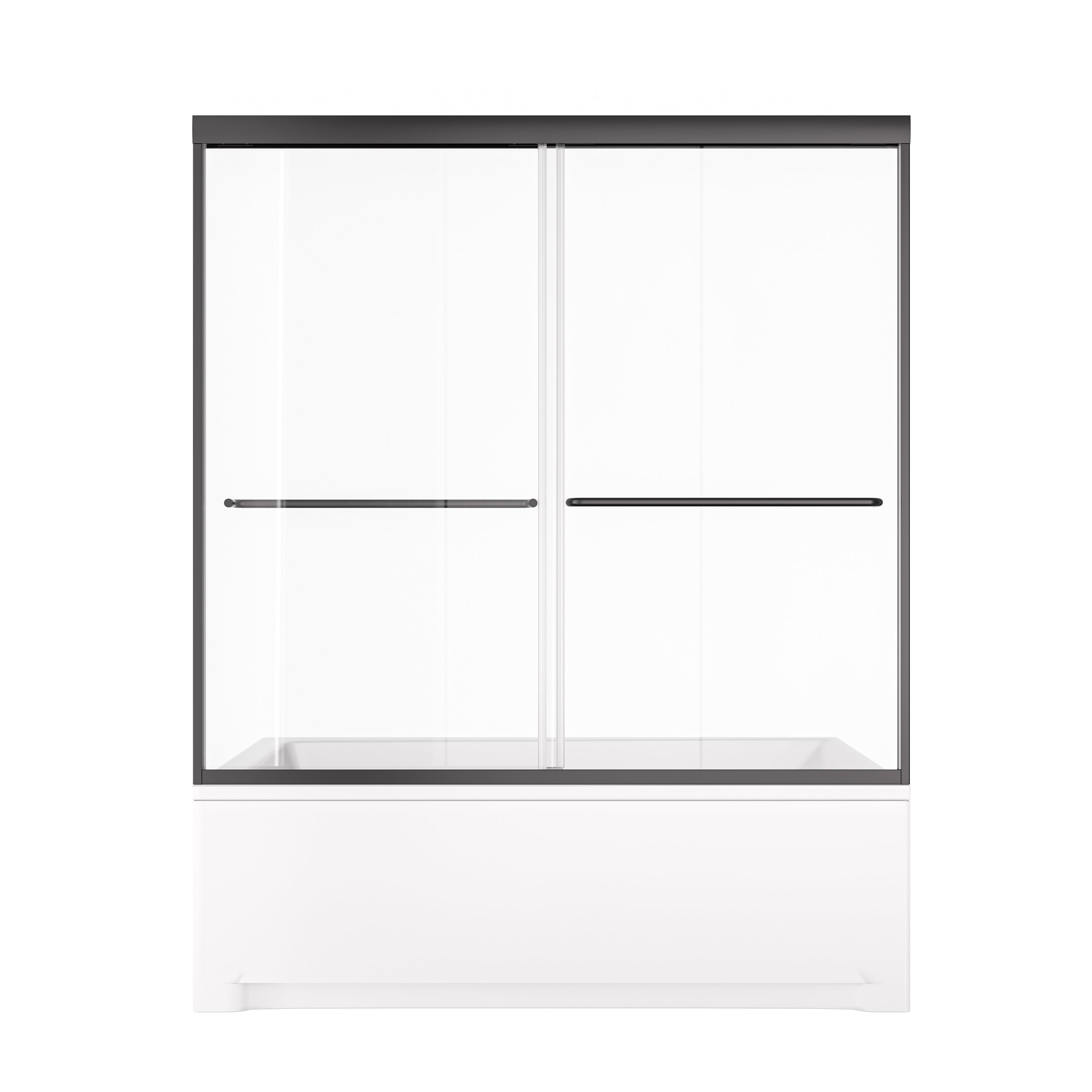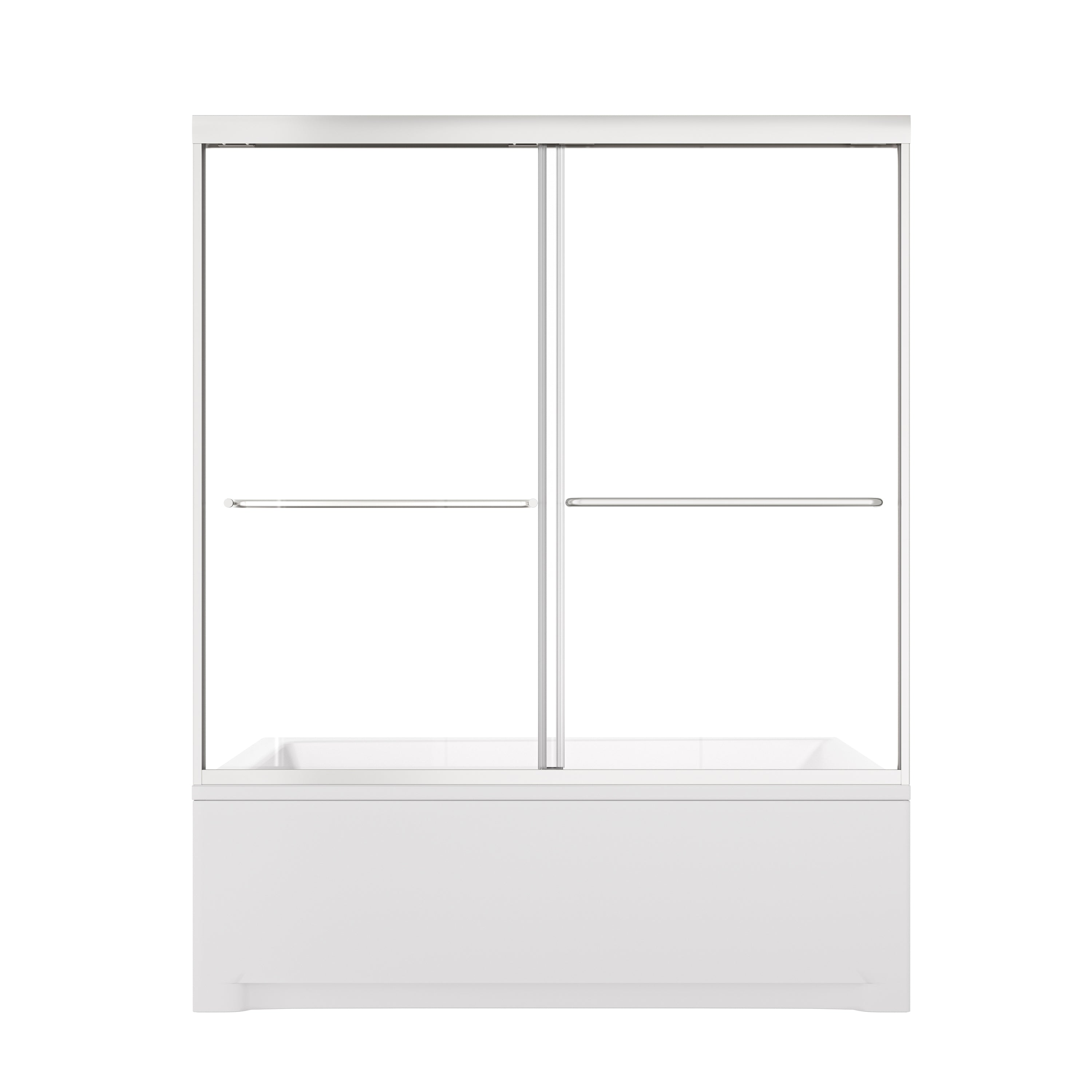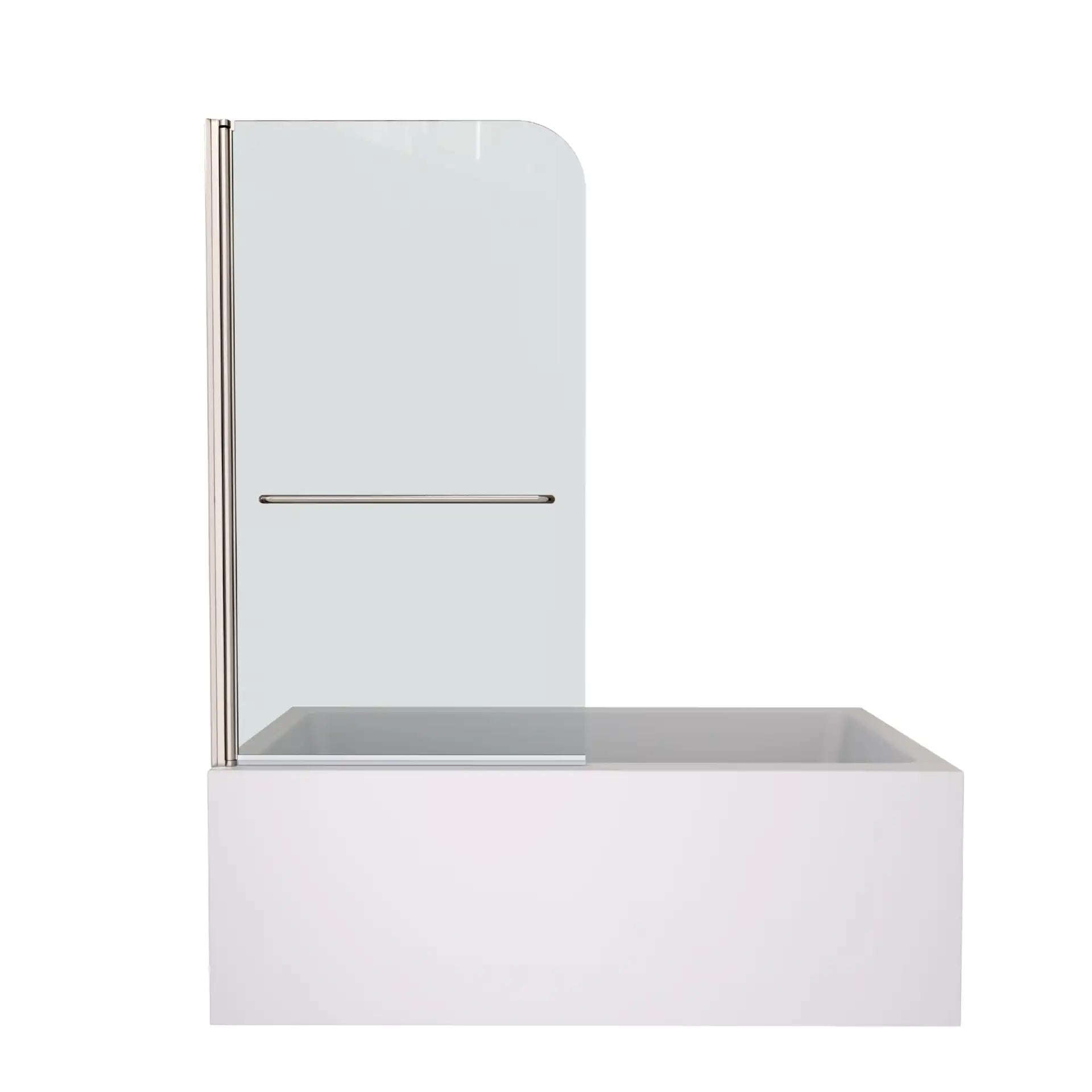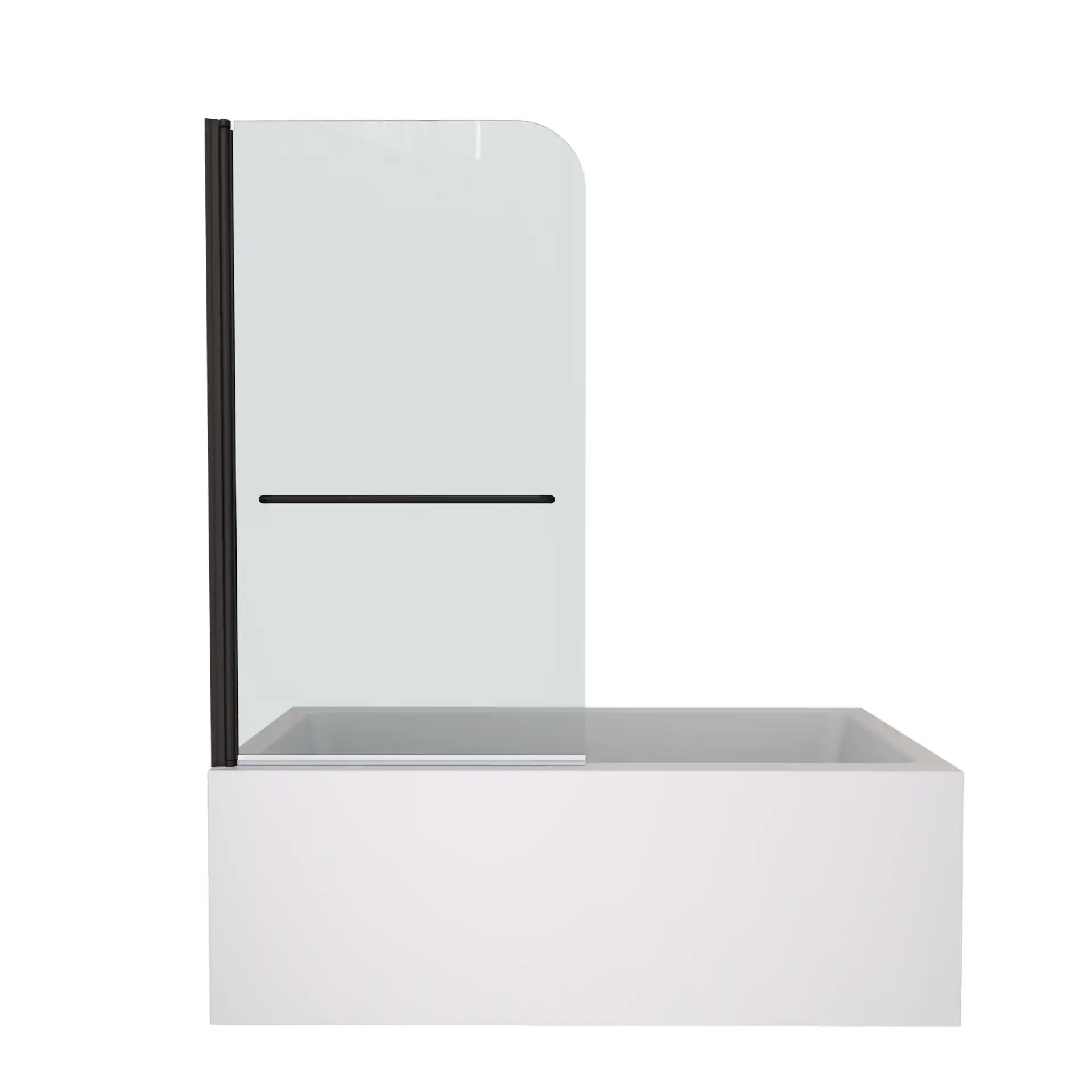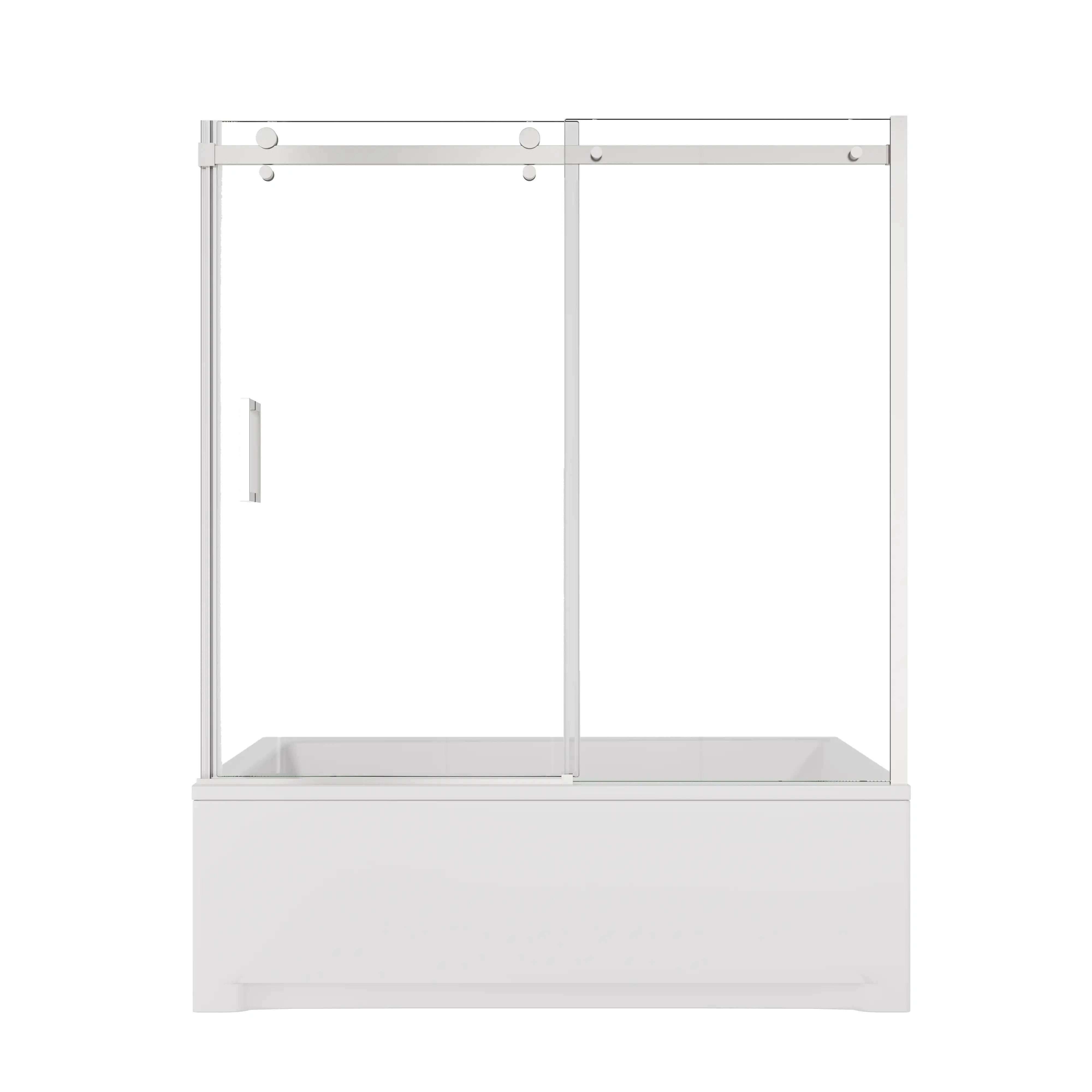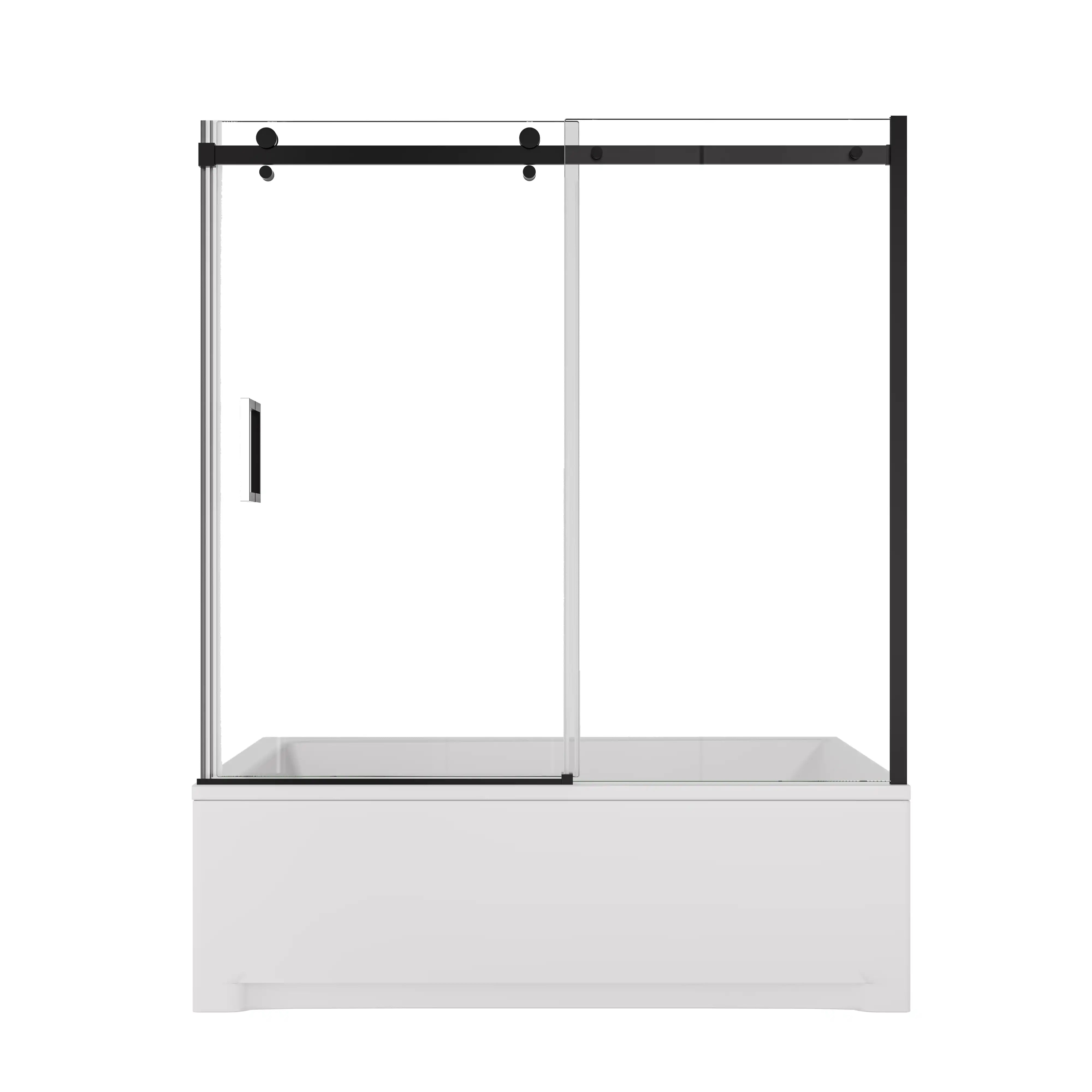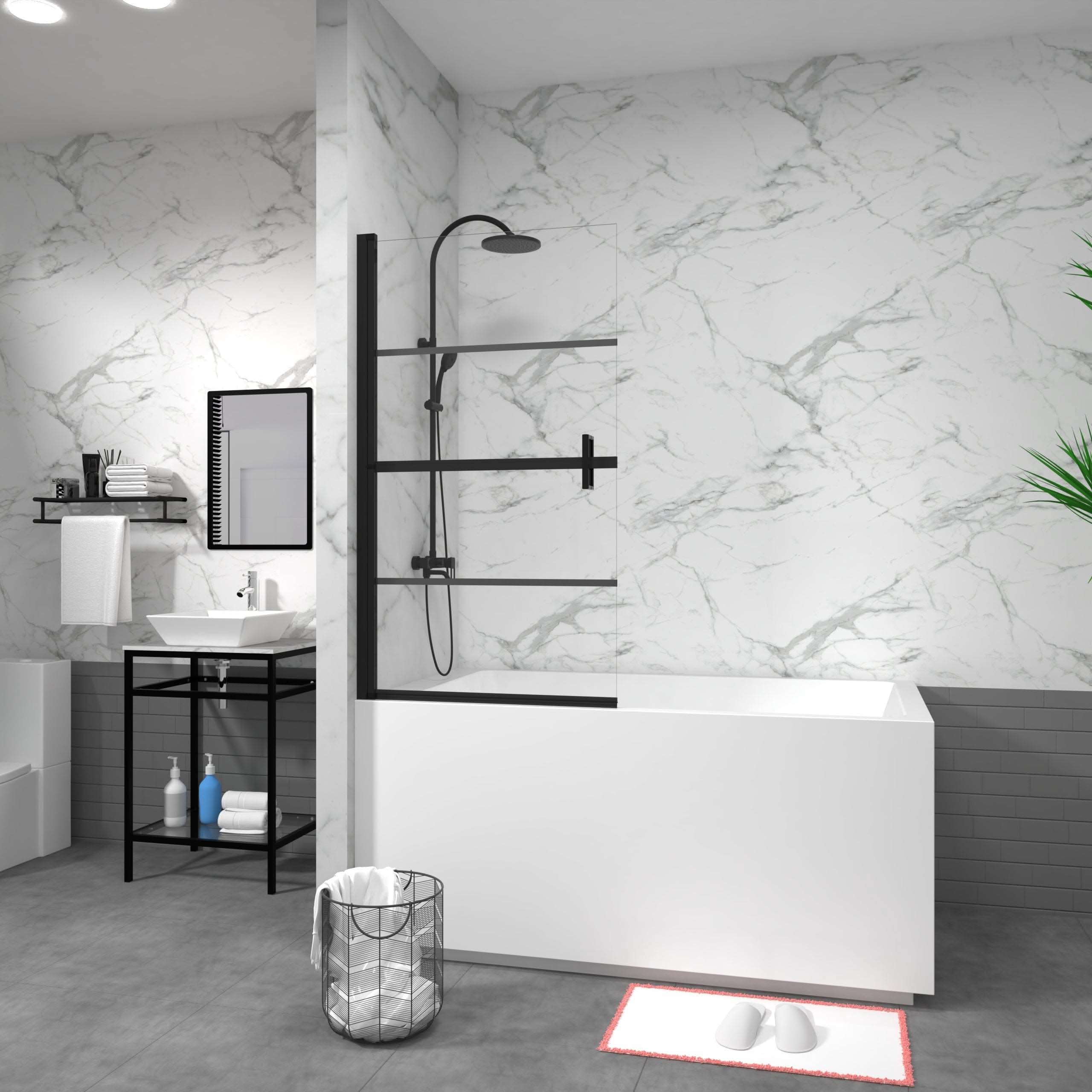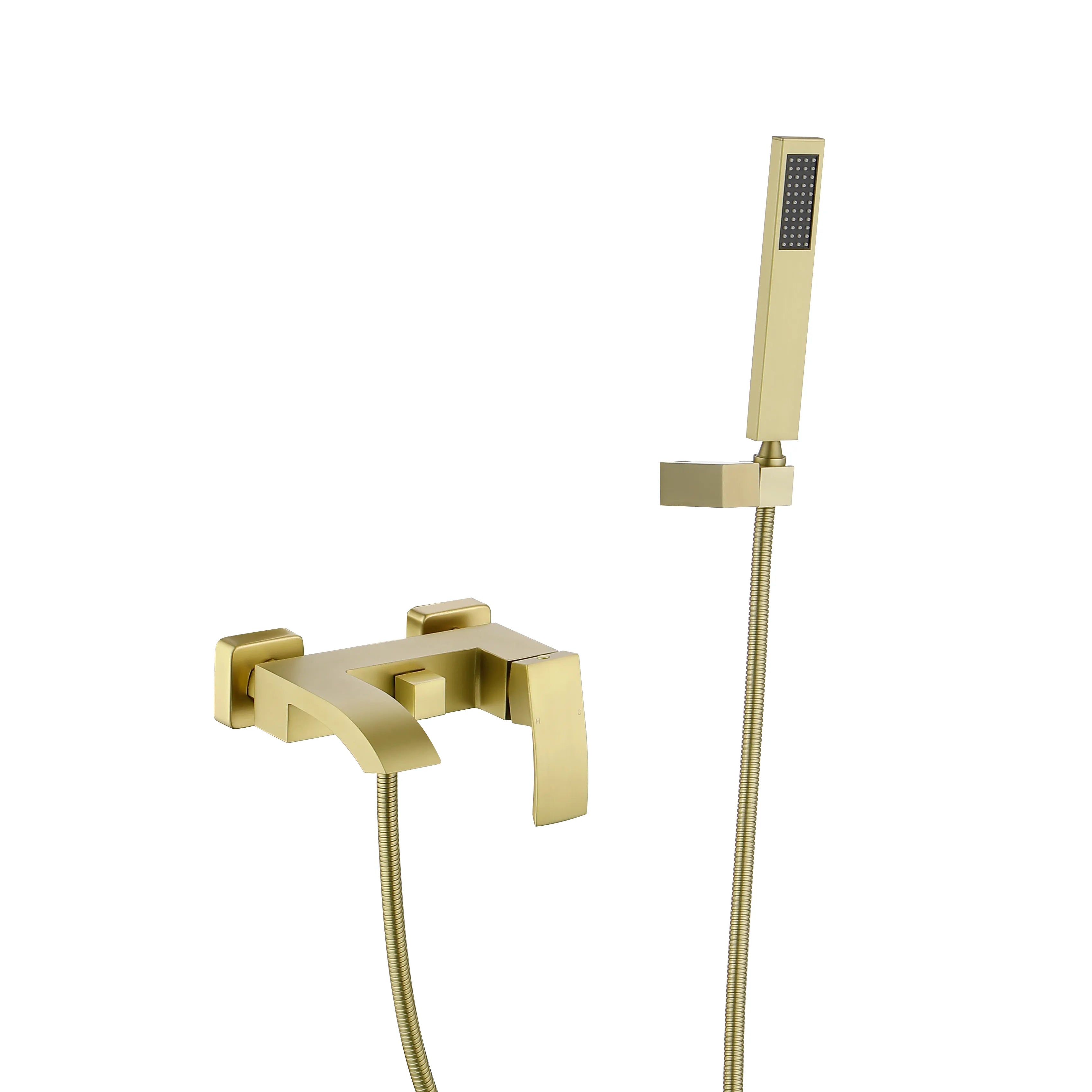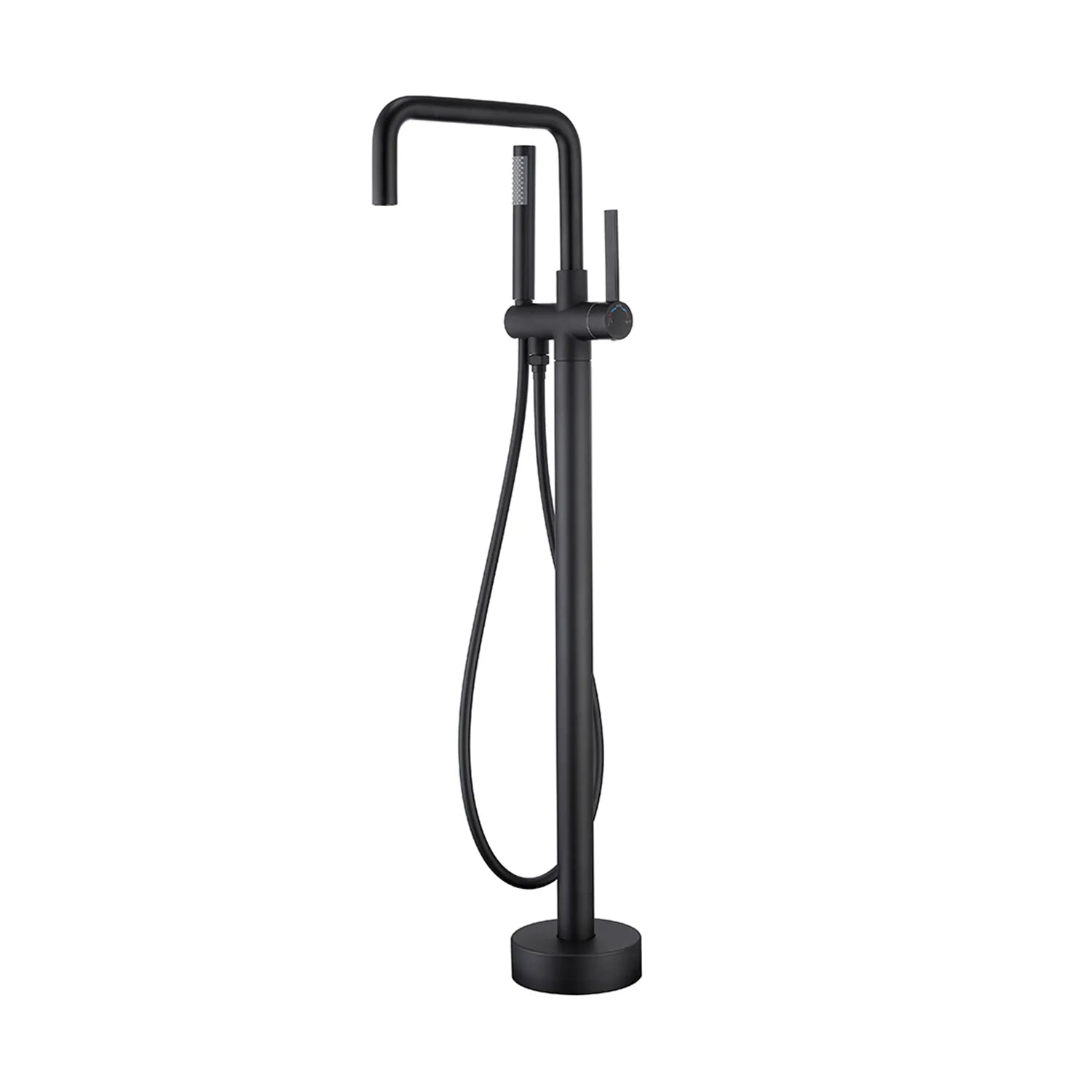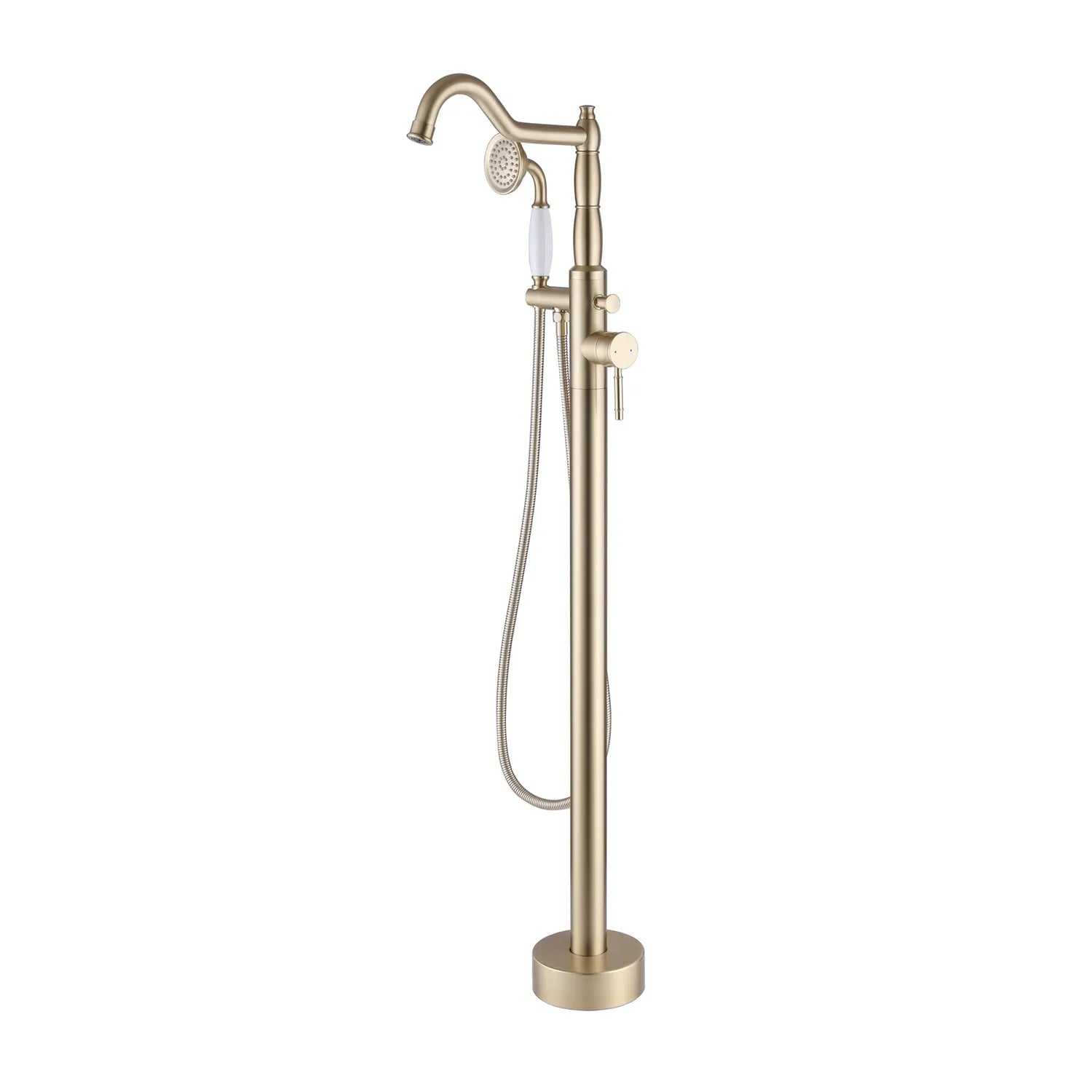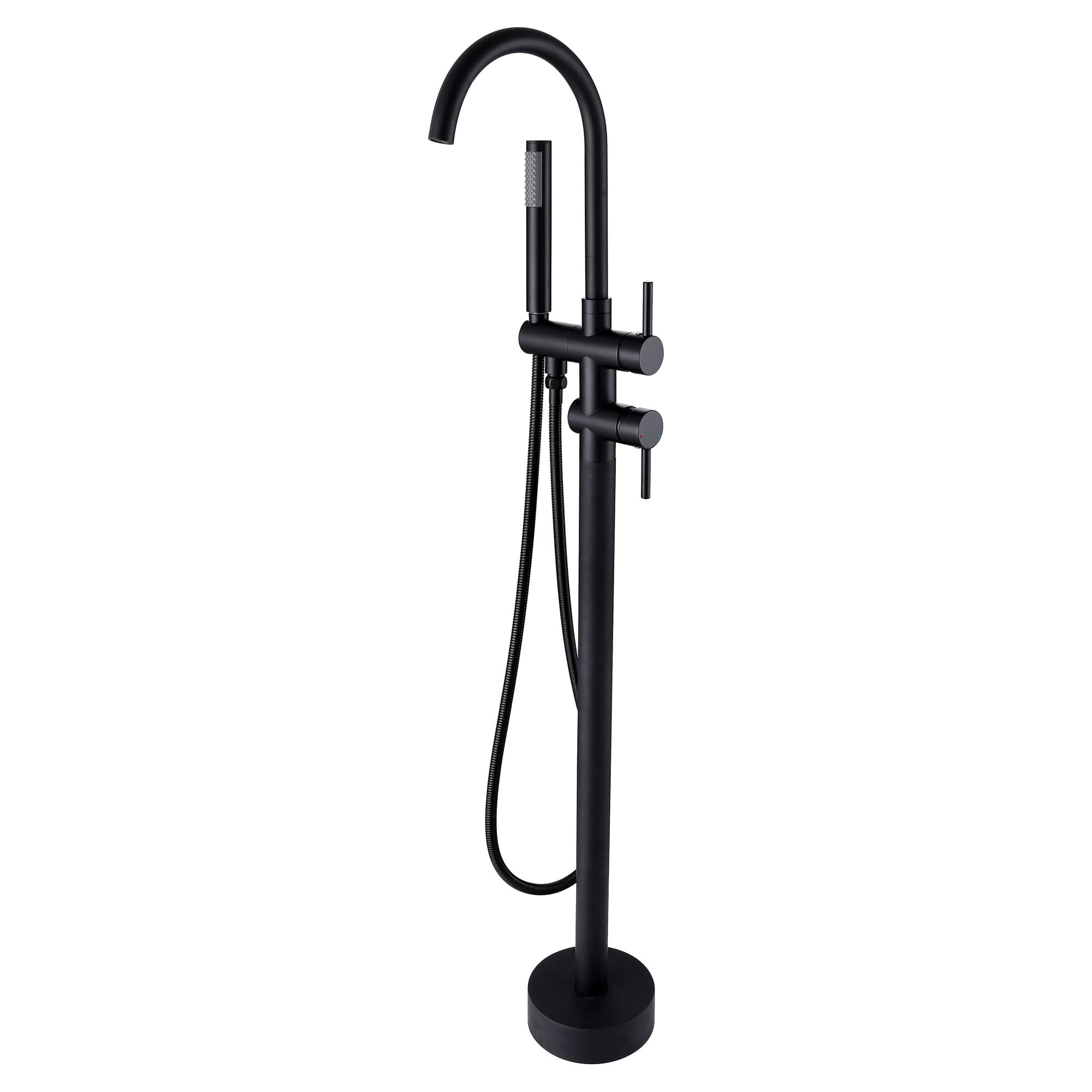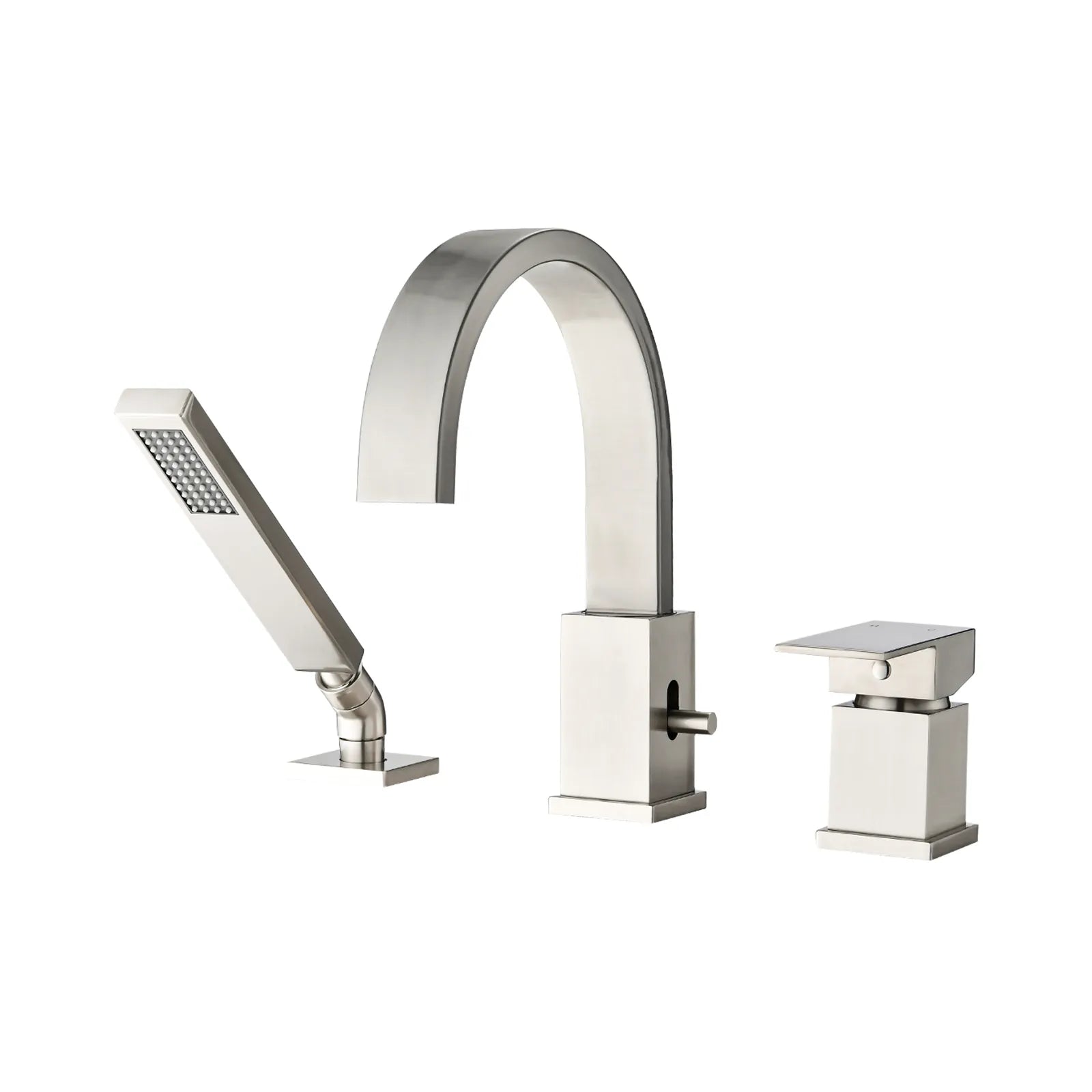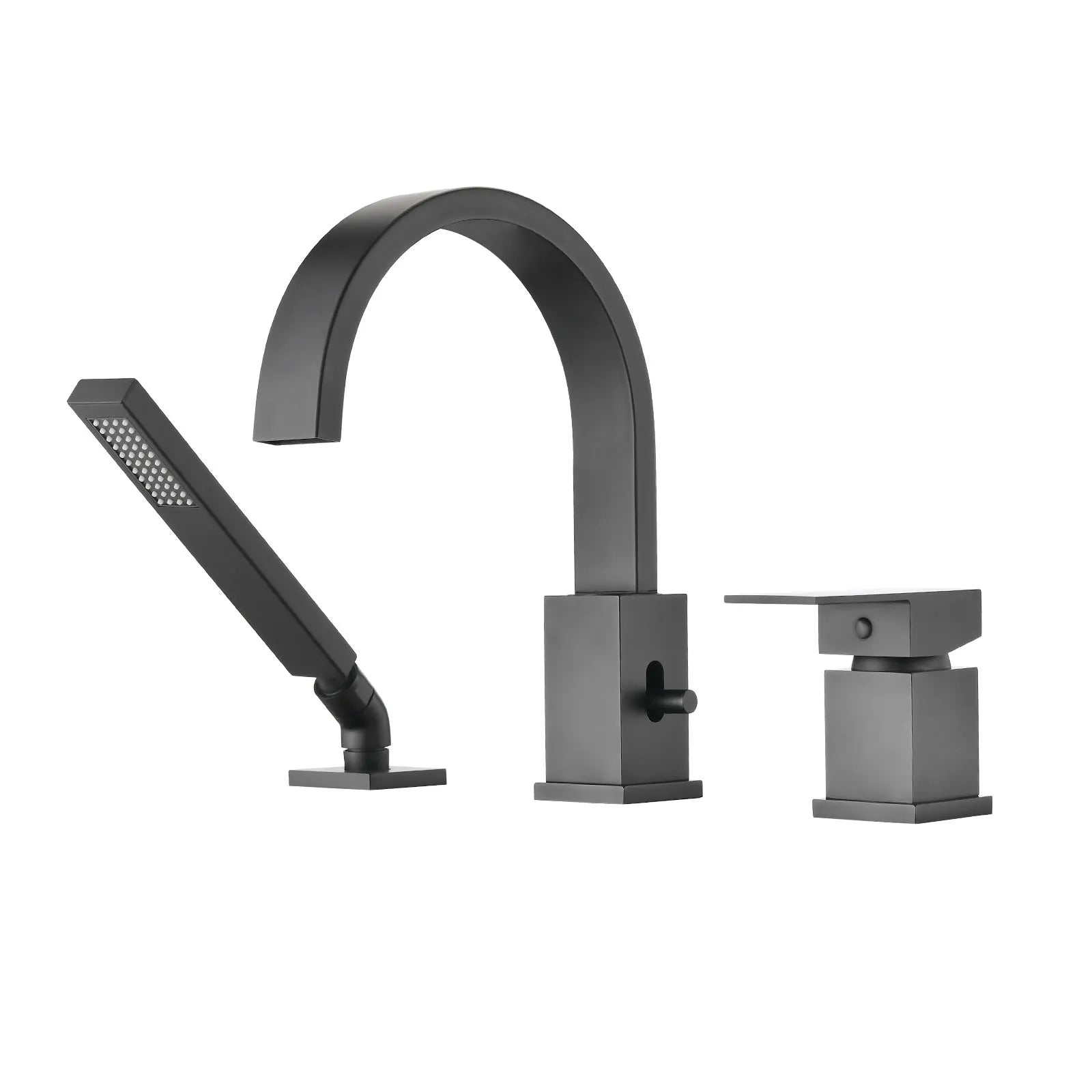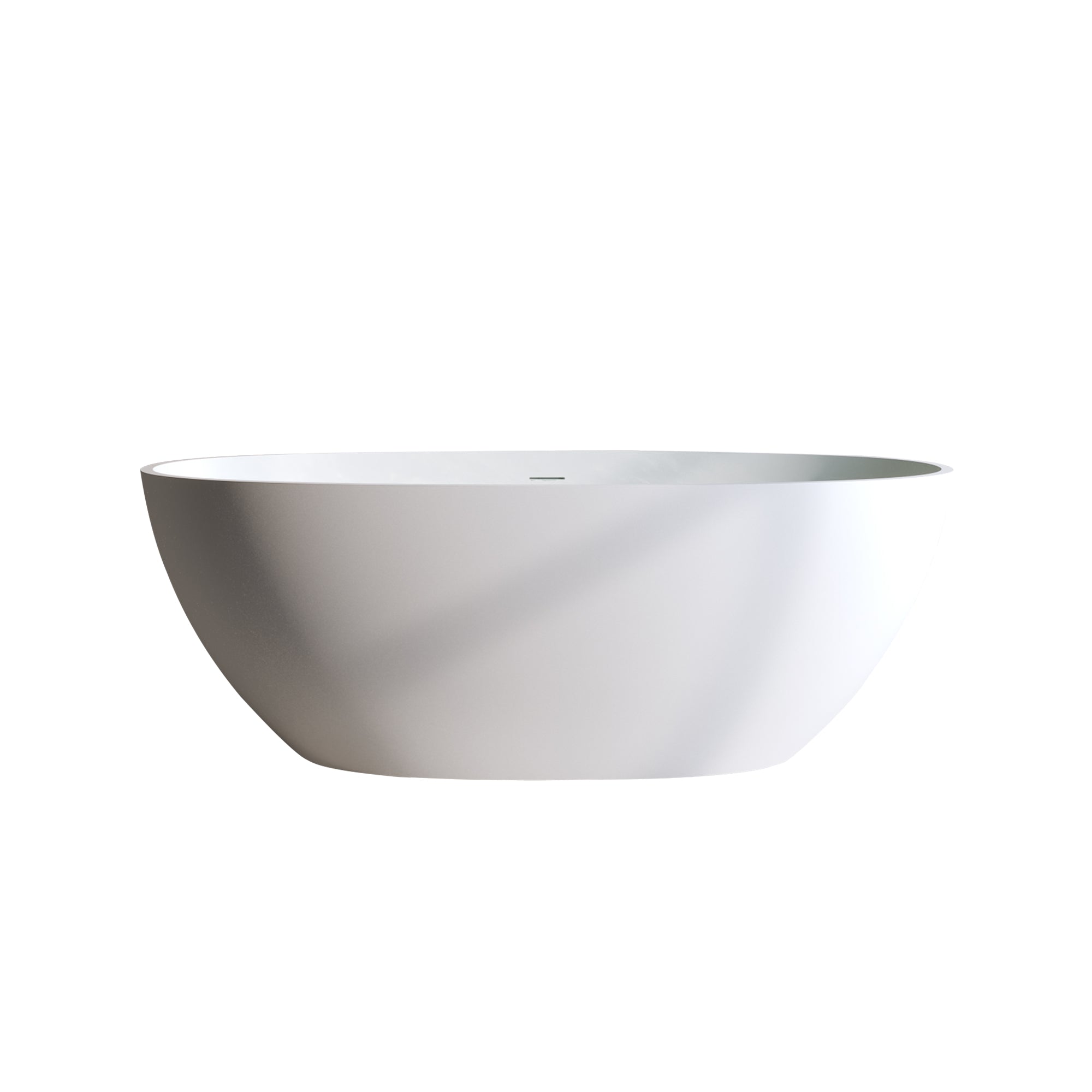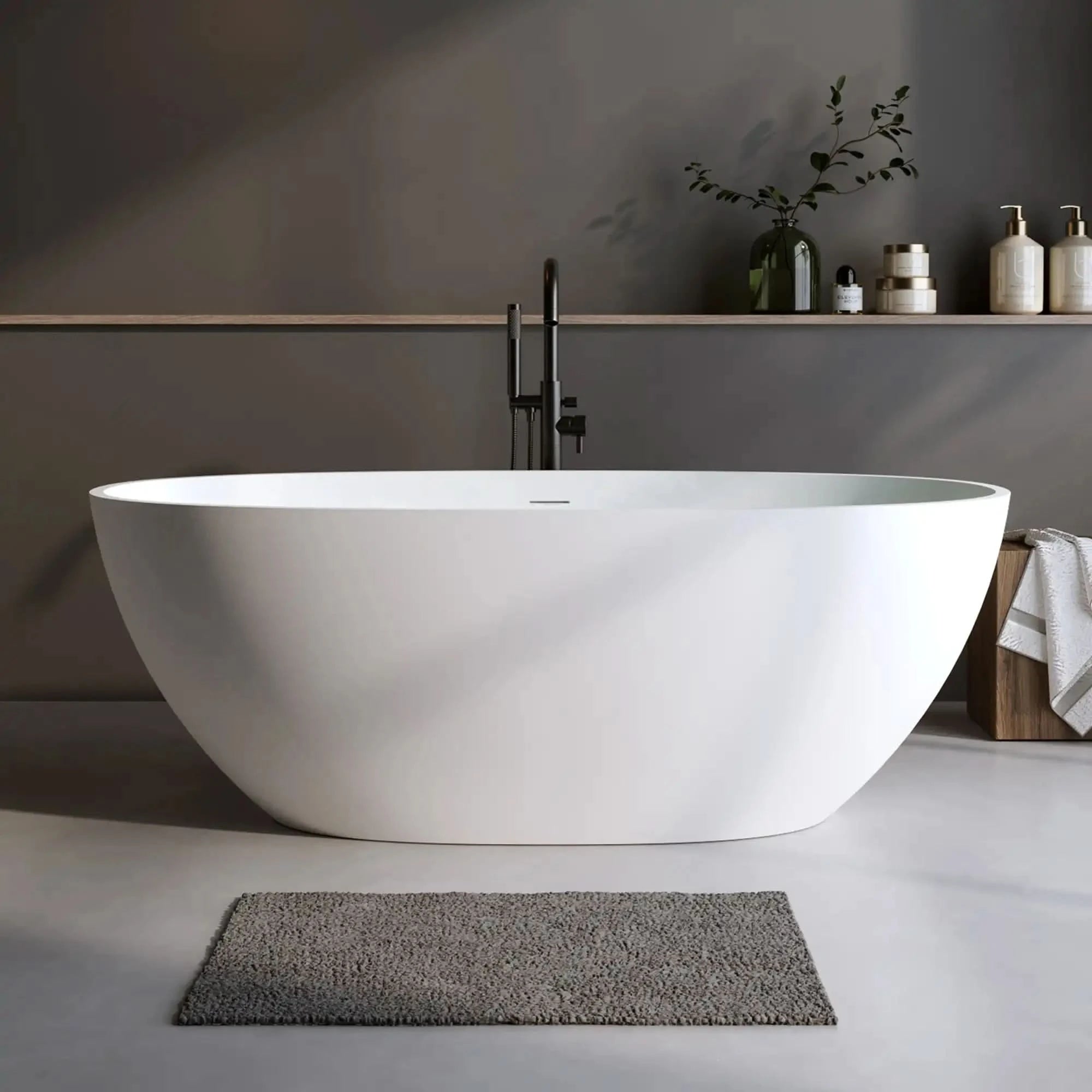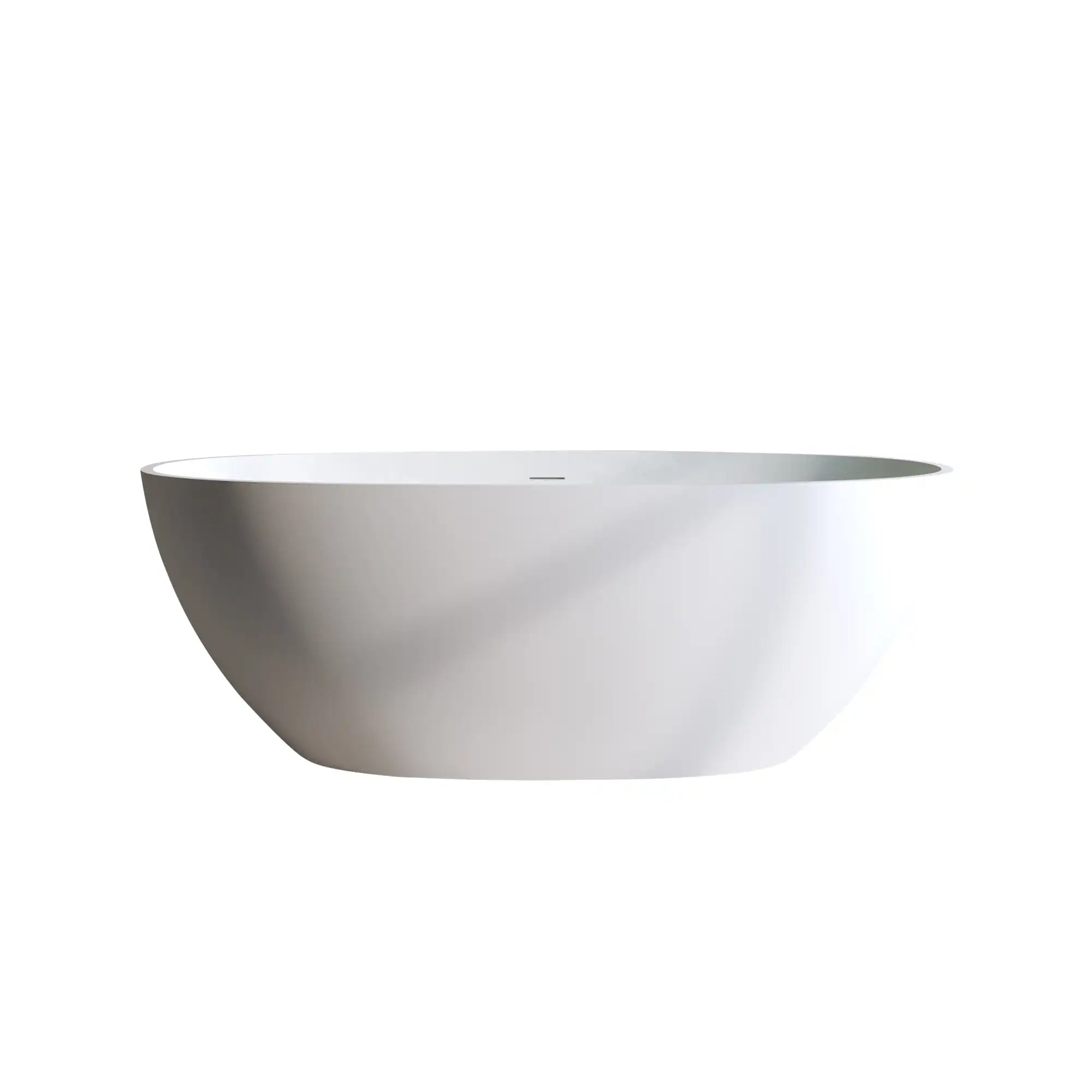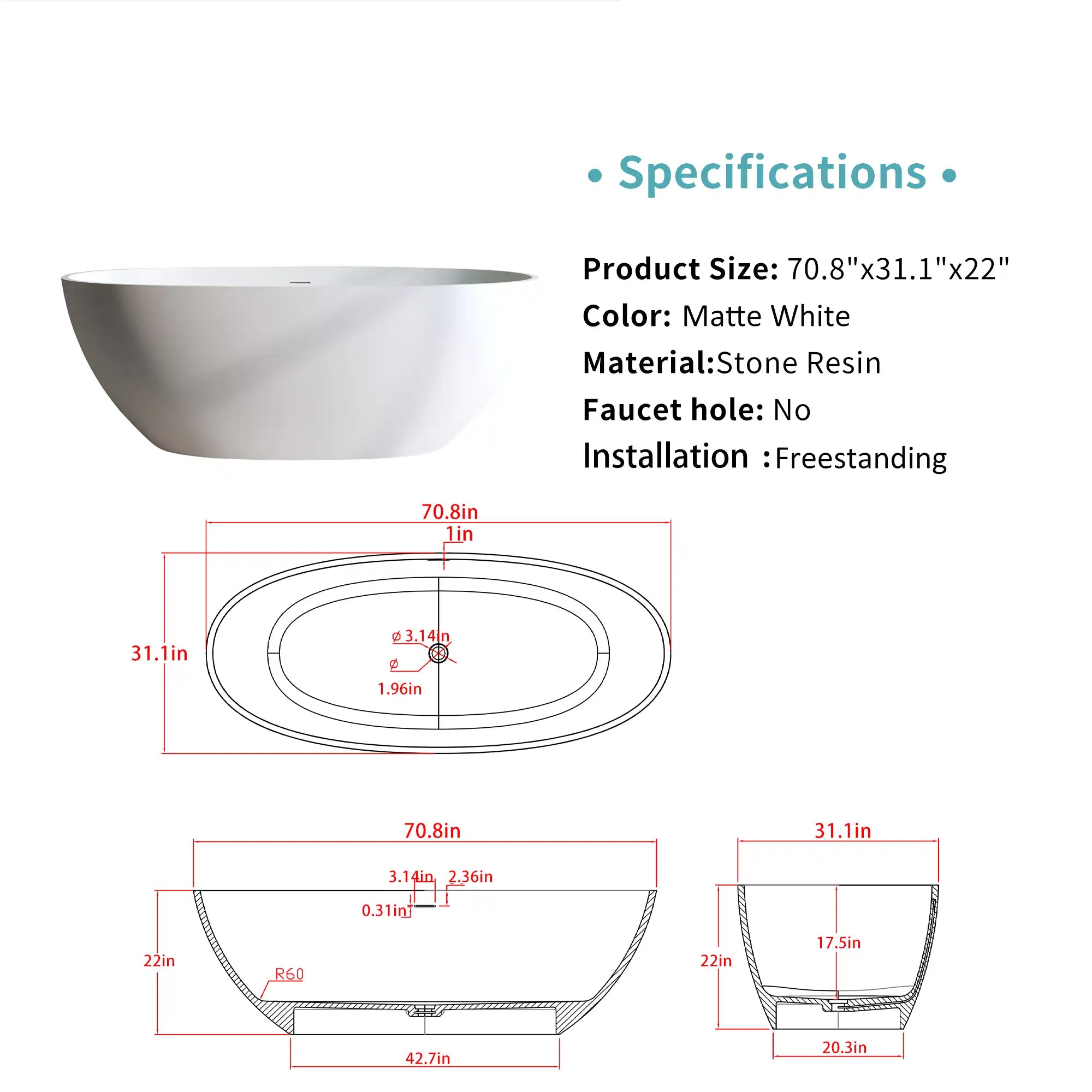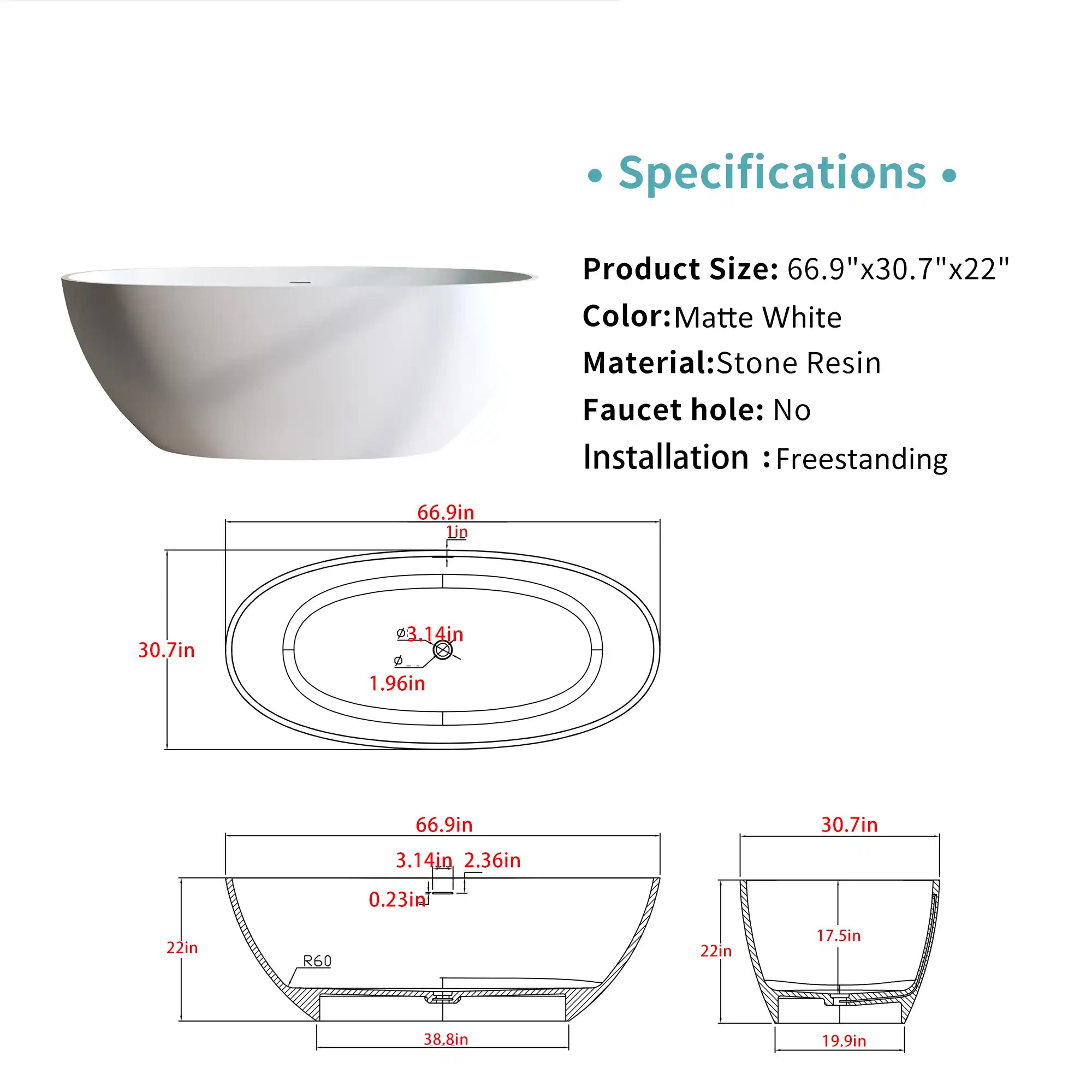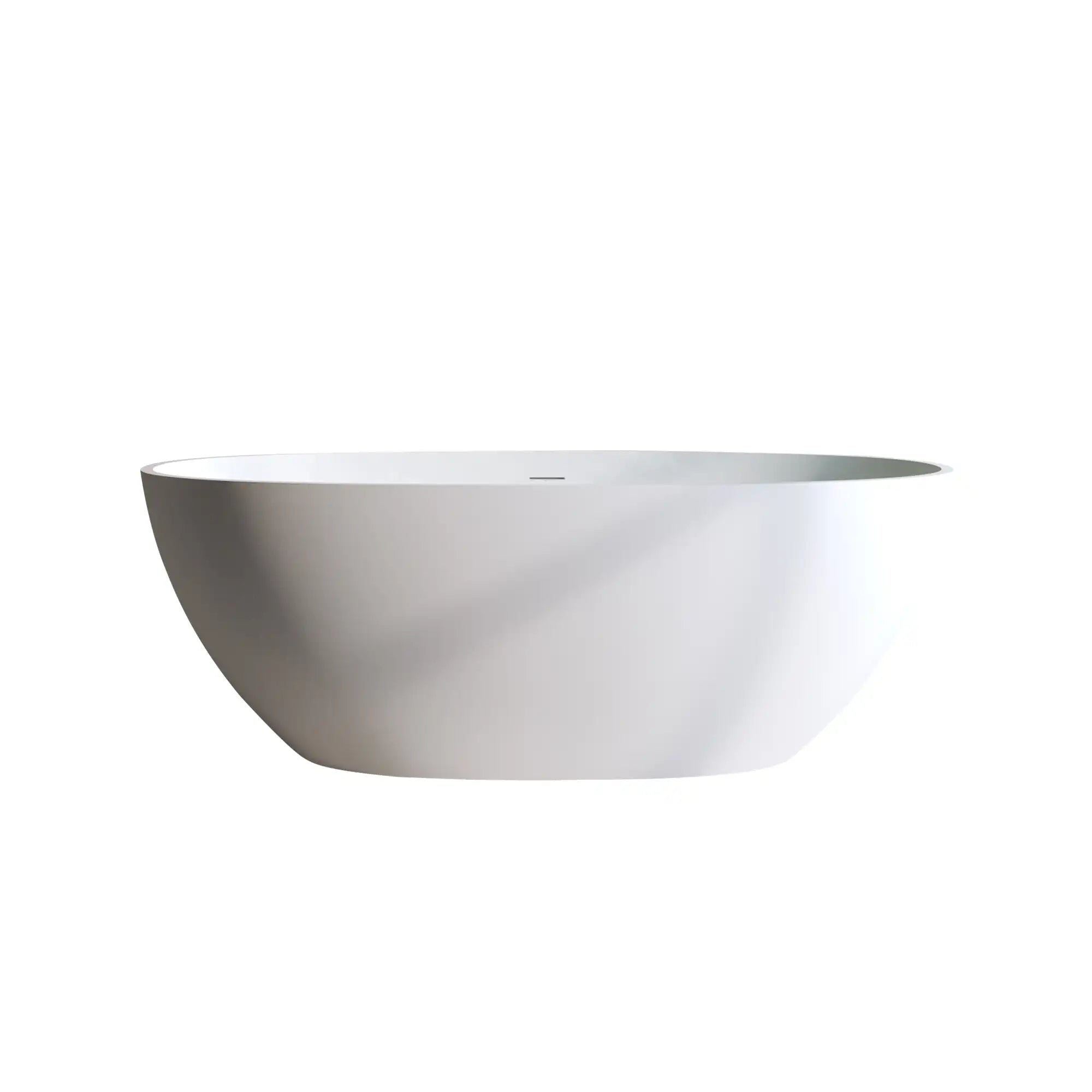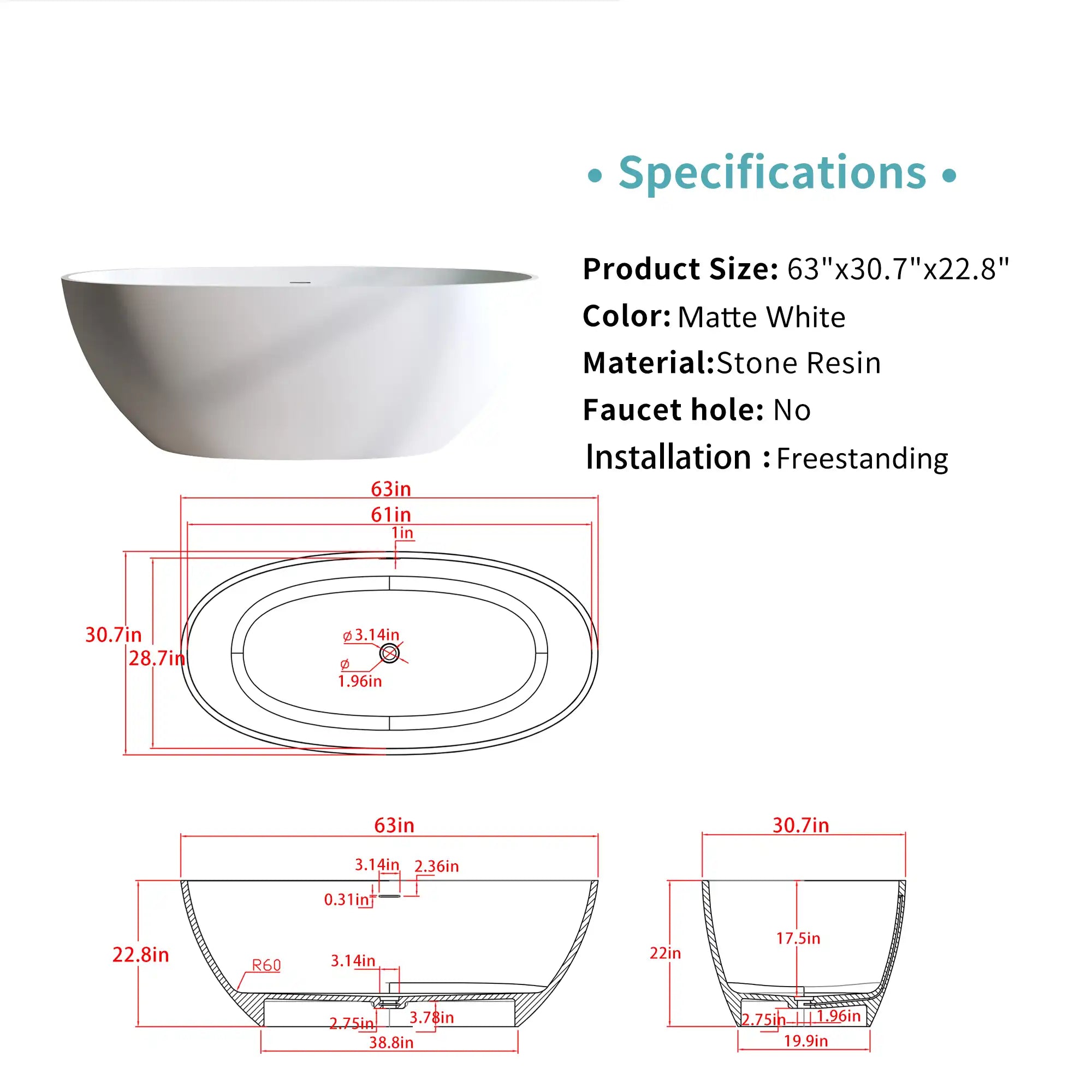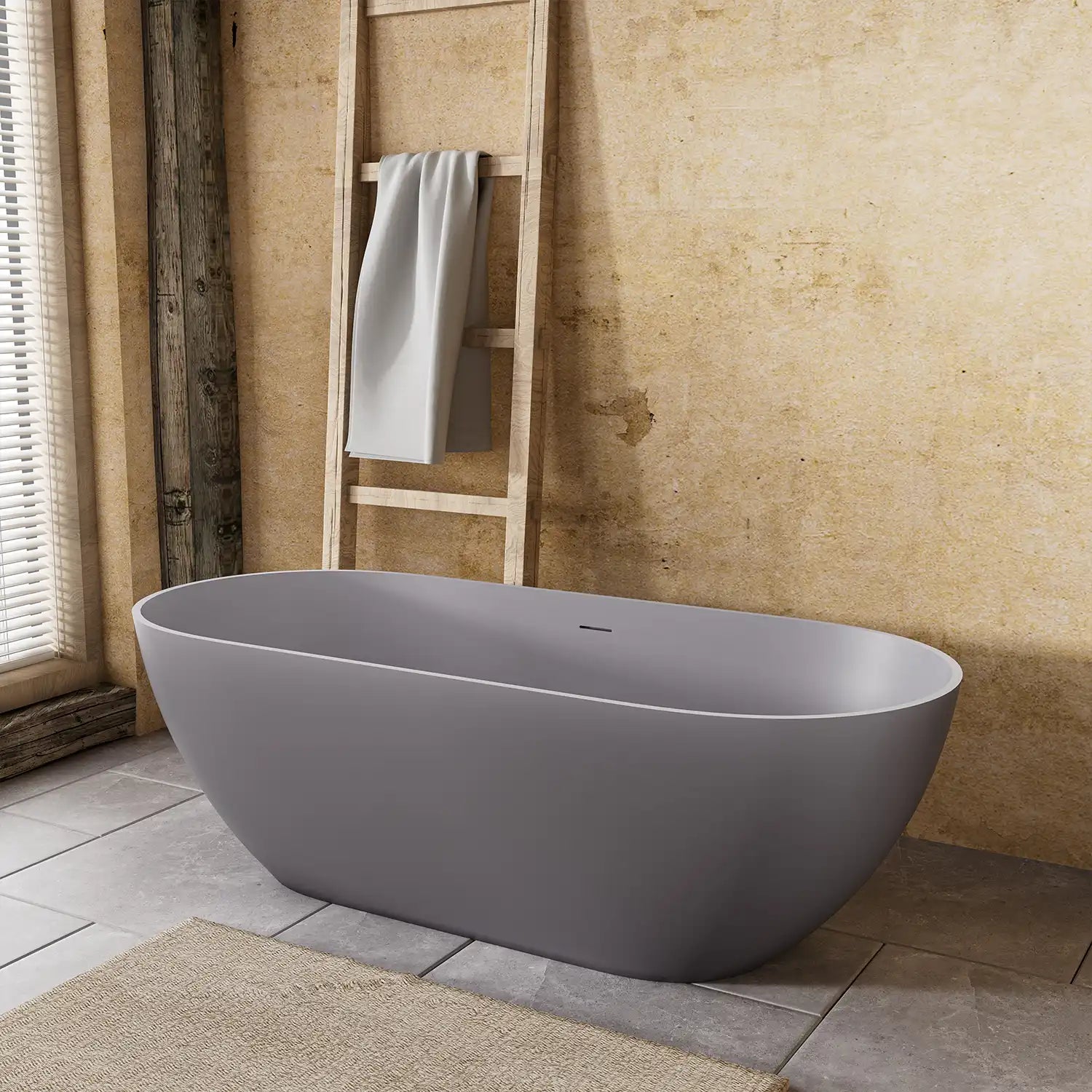In today’s fast-paced urban lifestyle, stress has become an inevitable part of living. The ofuro, a traditional Japanese soaking tub, offers a deeply relaxing escape from the demands of modern life. Its compact but deep nature makes it possible for your full-body to be immersed without taking up the much larger space of a standard-sized tub. This unique design has made the ofuro increasingly popular among North American city apartment dwellers.
In this article, we delve deeper into its cultural roots, design variations, benefits, and what you should consider before installing one, so that you can determine whether an ofuro might be an excellent addition to your bathroom renovation.
Table of Contents:
- What is an Ofuro? Origins and Cultural Significance
- From Cedar to Acrylic: Traditional and Modern Ofuro Materials
- Ofuro vs. Western Bathtubs: Alcove and Freestanding Compared
- The Benefits of an Ofuro in Today’s Fast-Paced World
- Potential Drawbacks and Considerations Before Installing an Ofuro
- Who is the Ofuro Best Suited For?
- The Art of Soaking: Ofuro Rituals and Experience Enhancements
- Maintaining a Wooden Ofuro
- Conclusion – Bringing the Ofuro Experience Home
- FAQ – Expert Answers to Common Ofuro Questions
What is an Ofuro? Origins and Cultural Significance
Ofuro (お風呂) is a Japanese word and it refers to the traditional Japanese soaking tub. Typically crafted from aromatic woods, the ofuro is deep and compact, often circular or square in shape. It is designed for an upright seated position with water reaching up to the shoulders. Unlike Western bathtubs, the ofuro is designed exclusively for soaking and relaxation, not for cleansing.
Soaking in an ofuro is more than a hygiene practice, it’s a meditation in ritual. Stepping into the deep, hot water signals a transition from the busyness of the day to a state of calm and restoration. The ofuro has long been a place in Japanese homes to unwind, meditate, and reconnect with oneself.

From Cedar to Acrylic: Traditional and Modern Ofuro Materials
Traditional ofuro tubs are made from natural woods like hinoki, cedar, and teak. These materials provide great insulation, holding heat longer and infuse calming scents to the air. They are made entirely of wood with such excellent craftsmanship to prevent leaks without using metal fasteners.
Today, the advancement of modern manufacturing has broadened the choices of materials. Acrylic and fiberglass ofuro tubs are lighter, easier to maintain, and more affordable compared to the traditional ofuro. Stainless steel and composite stone versions offer a sleek, contemporary look while retaining excellent heat retention.
Whether traditional or modern, the choice of material influences not only aesthetics but also maintenance requirements and overall soaking experience.

Ofuro vs. Western Bathtubs: Alcove and Freestanding Compared
An ofuro differs from Western alcove or freestanding tubs in several fundamental ways. First is the depth: an ofuro is significantly deeper, allowing water to reach up to the bather’s shoulders while seated. This upright posture immerses the body more fully, promoting better heat penetration and relaxation.
In contrast, Western bathtubs often prioritize a reclining position, with longer lengths and shallower depths. The compact footprint of the ofuro can be a space-saver in small bathrooms, yet it still delivers a luxurious soak. Additionally, ofuro tubs are designed to maintain water temperature over extended periods, making them ideal for prolonged bathing sessions, whereas many Western tubs cool more quickly.

The Benefits of an Ofuro in Today’s Fast-Paced World
Modern life moves quickly, often leaving little time for meaningful relaxation. An ofuro offers a simple but effective remedy. The deeper and more immersing soak also promotes muscle relaxation, better blood circulation, and may lower the stress level. Warm-water immersion has been shown to aid with sleep quality, which is helpful for those dealing with insomnia or late nights.
Not only does the ofuro experience improve physical health, but it also promotes mental well-being. The quiet, contained space offers a chance to disconnect from digital distractions and practice mindfulness. For homeowners who value wellness-oriented living, installing an ofuro is a way to bring daily rituals of calm and restoration into their home life.
Potential Drawbacks and Considerations Before Installing an Ofuro
While an ofuro offers an unparalleled soaking experience, it may not be the ideal choice for everyone’s daily routine.
Unlike a standard Western bathtub or a shower, the ofuro is designed for relaxation, not for quick bathing. In fact, it’s customary to wash and rinse your body before entering, which adds time to the process, making it less practical for busy days.
Another consideration is posture. Since most ofuro models encourage an upright, seated position, some people who enjoy reclining in a long, stretched-out tub may find the experience less comfortable.
Finally, Its depth can be challenging for children, elderly family members, or those with mobility limitations.
Who is the Ofuro Best Suited For?
An ofuro is particularly well-suited for individuals who value relaxation and wellness rituals in their daily life. Busy professionals dealing with high stress can benefit from the deep, restorative soak after a long day. Fitness enthusiasts may appreciate its muscle-soothing effects after intense workouts.
Families with a taste for cultural aesthetics might enjoy incorporating a traditional Japanese element into their home, while retirees may find the meditative quality of the ofuro appealing.

The Art of Soaking: Ofuro Rituals and Experience Enhancements
In Japanese tradition, soaking in an ofuro is a multi-step ritual. The process begins with cleansing the body outside the tub — traditionally with a handheld shower or small bucket to ensure the soaking water stays pristine. Once clean, enter the tub slowly, immersing yourself up to the shoulders.
For the best results, aim to soak for 15–20 minutes. This duration is sufficient to relax muscles and increase circulation without causing heat fatigue. To fully embrace the meditative aspect of the ofuro, set aside all electronic devices.
To enhance the experience, consider adding aromatic elements such as hinoki wood accessories or bath salts. Soft, ambient lighting, gentle background music or nature sounds can deepen the sense of relaxation.
Some enthusiasts use essential oils to complement the warm water and further promote calm.
Maintaining a Wooden Ofuro
If you choose a traditional wooden ofuro, then you must take utmost care of it to keep it not only looking good but also in good working condition. After each use, drain the water completely and rinse the tub with fresh, lukewarm water to remove any residue. Gently wipe the surfaces with a soft cloth while avoiding harsh chemicals that can harm the natural surface of the wood.
When it is not in use, leave the lid or cover slightly open so the tub can dry and mold is less likely to develop inside. To keep the wood from cracking, every couple months apply a natural oil like camellia or tung oil. Also, avoid leaving water in the tub for extended periods when not in use.
A wooden ofuro with proper care can last for many years, gaining a patina with time that increases its character.

Conclusion – Bringing the Ofuro Experience Home
The ofuro is more than just a bathtub, it’s a cultural tradition, a wellness tool, and a design statement. It provides a unique alternative to western bathing styles by combining deep, immersive soaking experience with a small footprint.
While it may not fit every household’s routine, for those who value the art of slow living and daily relaxation, an ofuro can transform the bathroom into a personal sanctuary.
FAQ – Expert Answers to Common Ofuro Questions
Q1. How much does it cost to install an ofuro?
A: Costs vary depending on materials, size, and installation complexity. Acrylic models are generally more affordable, while custom wooden tubs can be a significant investment.
Q2. How hot should the water be in an ofuro?
A: Traditionally, water is maintained around104°F (40°C) for optimal relaxation and muscle relief.
Q3. Is an ofuro suitable for small bathrooms?
A: Yes, many models have a compact footprint, though their height may require careful planning for entry and exit.
Q4. How do you maintain a wooden ofuro?
A: Wooden tubs require regular rinsing, drying, and occasional treatment with natural oils to preserve their finish and prevent leaks.
Q5. Is an ofuro safe for elderly users?
A:
Bathtub Materials Guide 2025: The Ultimate, No-Regrets Comparison
10 Types of Bathtubs – Pros, Cons, and How to Choose the Right One
Bathtub Dimensions Guide: How to Choose the Right Size for Your Bathroom


